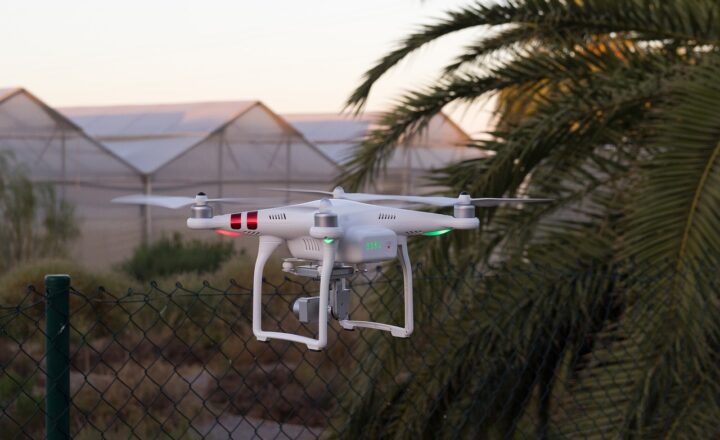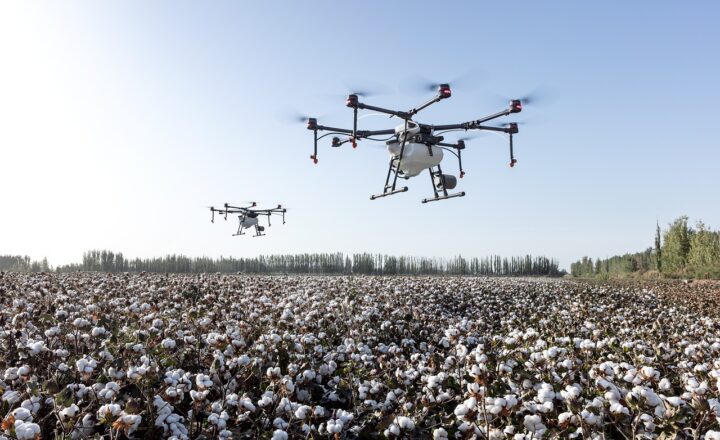The Role of Military Drones in Surveillance and Precision Strikes
November 16, 2024

Military drones, or unmanned aerial vehicles (UAVs), have revolutionized modern warfare and intelligence gathering. With their ability to provide real-time surveillance and conduct precise strikes, drones have become indispensable tools for military forces around the globe. This comprehensive article explores the various roles of military drones in both surveillance and precision strikes, highlighting their technological advancements, operational advantages, and ethical implications.
1. Understanding Military Drones: A Brief Overview
Military drones are aircraft systems designed for reconnaissance and combat operations without a human pilot on board. These UAVs are operated remotely or autonomously and come in various sizes and capabilities. They are equipped with an array of sensors, cameras, and weaponry, enabling them to carry out diverse missions.
Popular military drones include:
- MQ-1 Predator: Known for its surveillance and strike capabilities, this UAV has been extensively used by the U.S. Air Force since the late 1990s.
- MQ-9 Reaper: An advanced drone that supports both surveillance and precision strike missions, equipped with Hellfire missiles and laser-guided bombs.
- Global Hawk: A high-altitude long-endurance UAV designed for reconnaissance missions over large geographic areas.
As military operations evolve, the roles of these drones continue to expand, shaping the future of combat and intelligence.
2. The Surveillance Advantage of Drones
Surveillance is one of the primary applications of military drones. They provide an unparalleled advantage in monitoring and gathering intelligence over vast areas without risking the lives of personnel. Key benefits of drone surveillance include:
- Real-Time Intelligence Gathering: Drones can relay live video feeds and data from their onboard sensors, allowing commanders to make informed decisions rapidly.
- Extended Operational Range: Unlike manned aircraft, drones can operate in remote or hostile environments for extended periods, ensuring continuous surveillance of critical areas.
- Cost-Effectiveness: Operating drones is generally more economical than deploying manned aircraft or ground troops, reducing the financial burden of military operations.
Drones are used for various surveillance missions, including monitoring troop movements, tracking enemy activity, and reconnaissance prior to strikes. These capabilities have significantly altered how military operations are conducted.
3. Precision Strikes: Changing the Landscape of Warfare
In addition to surveillance, military drones play a critical role in conducting precision strikes. The ability to deliver targeted strikes with minimal collateral damage has transformed modern warfare. Here are key aspects of drone strikes:
- High Precision and Low Collateral Damage: Drones are equipped with smart weapons that can accurately target specific individuals or infrastructure, significantly reducing the risk of unintended casualties.
- Quick Response Capability: Drones can be rapidly deployed to respond to time-sensitive threats, providing commanders with a strategic advantage on the battlefield.
- Minimized Risk to Personnel: Utilizing drones for strikes keeps military personnel away from combat zones, reducing the risk of casualties among troops.
However, the use of drones for precision strikes raises ethical and legal questions, particularly regarding accountability and the potential for civilian casualties.
4. Technological Advancements in Military Drones
Recent technological advancements have significantly enhanced the capabilities of military drones. Key advancements include:
- Enhanced Sensor Technology: Modern drones are equipped with sophisticated sensors, including infrared cameras, radar, and advanced targeting systems, which improve their surveillance and strike capabilities.
- Artificial Intelligence: AI integration allows drones to analyze data in real-time, detect patterns, and even assist in strike decision-making processes.
- Autonomy and Swarm Technology: Research into autonomous drones and swarm technology enables multiple drones to coordinate their actions, increasing operational efficiency and effectiveness.
These advancements not only enhance operational capabilities but also push the boundaries of ethical considerations in warfare.
5. Ethical Implications of Drone Warfare
The rising use of military drones brings several ethical implications that demand careful consideration:
- Accountability and Oversight: With remote strikes, assigning accountability for civilian casualties becomes complex. Determining who is responsible in cases of erroneous strikes raises significant legal and ethical questions.
- Psychological Impact on Operators: Drone operators are often removed from the battlefield, but studies suggest that they can experience psychological effects similar to those of traditional combatants due to the nature of their missions.
- Normalization of Warfare: The increasing reliance on drones may lead to a desensitization of warfare, as military operations can be conducted with fewer immediate consequences for personnel.
The ethical discourse surrounding drone warfare is critical for ensuring that the use of such technology adheres to the principles of just war theory and international humanitarian law.
Conclusion: The Future of Military Drones
As technology continues to evolve, military drones are likely to play an increasingly central role in surveillance and combat operations. The advantages they offer, such as real-time intelligence and precision strikes, make them an integral part of modern military strategies. However, their use also necessitates ongoing discussions about ethics, accountability, and the implications of automated warfare.
In navigating these challenges, militaries must ensure that drone technology is used responsibly and ethically, preserving the principles of humanity even amidst the complexities of modern warfare.
In summary, the integration of military drones demonstrates both the promise and peril of technological advancements in warfare, requiring careful thought about their deployment and the ethical frameworks that guide military action.







